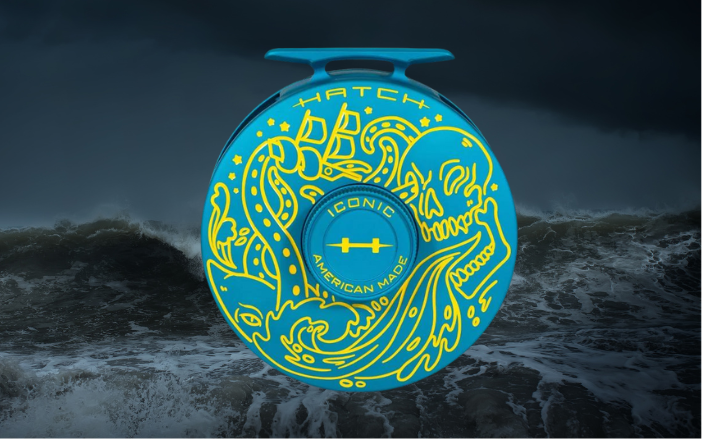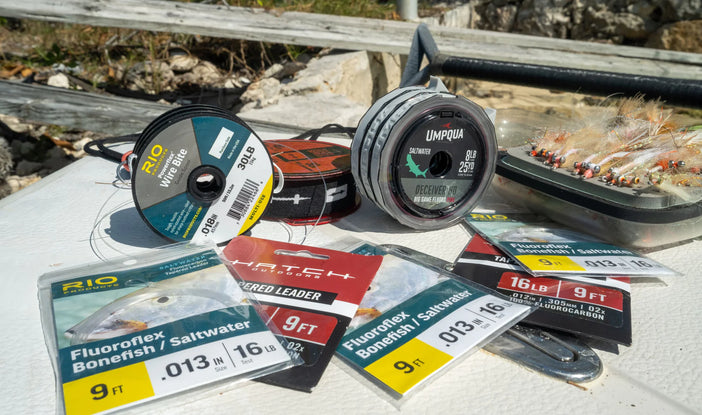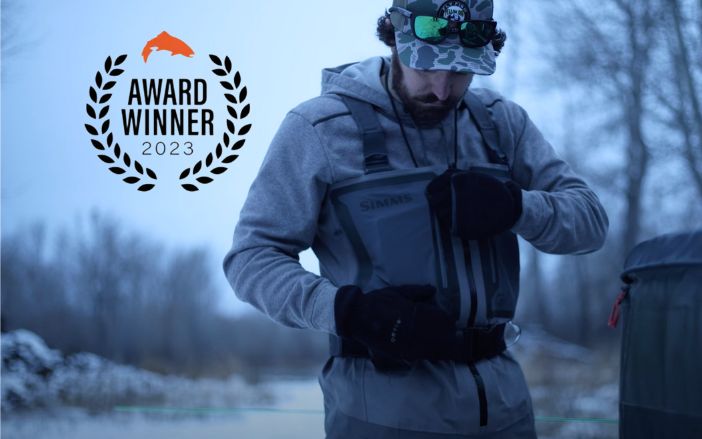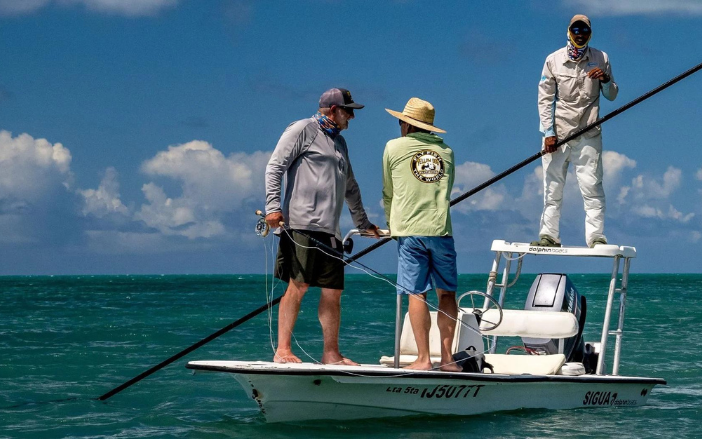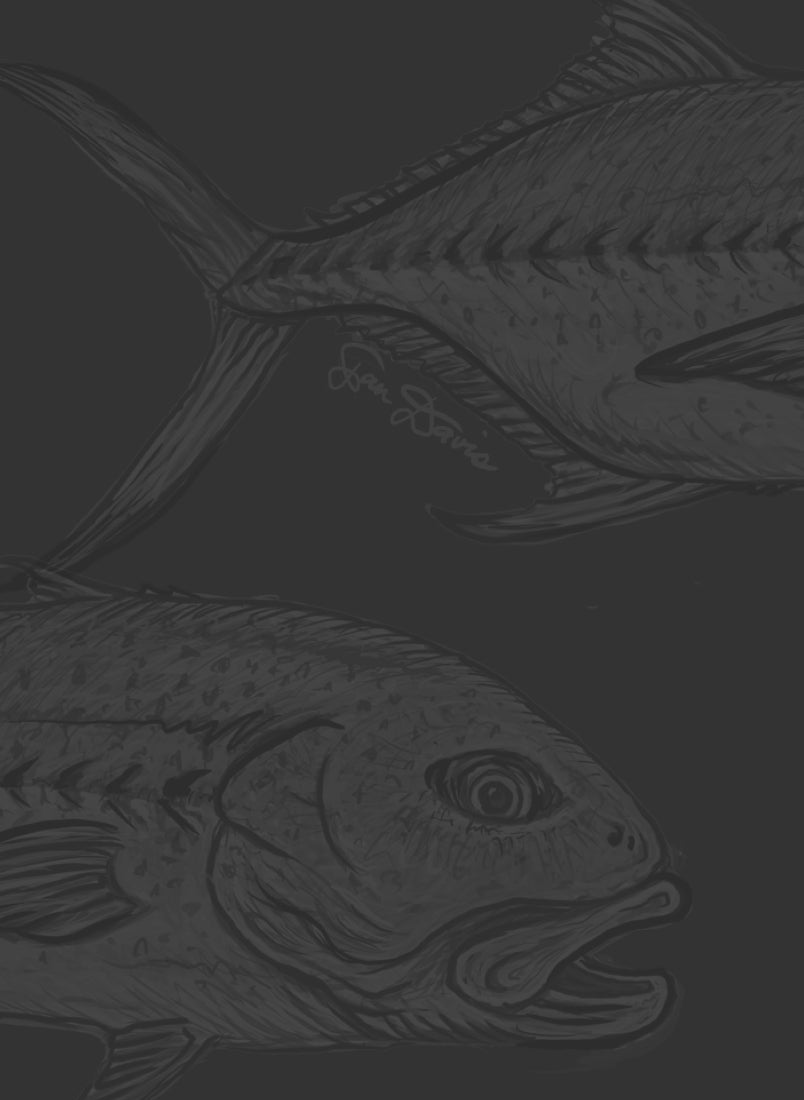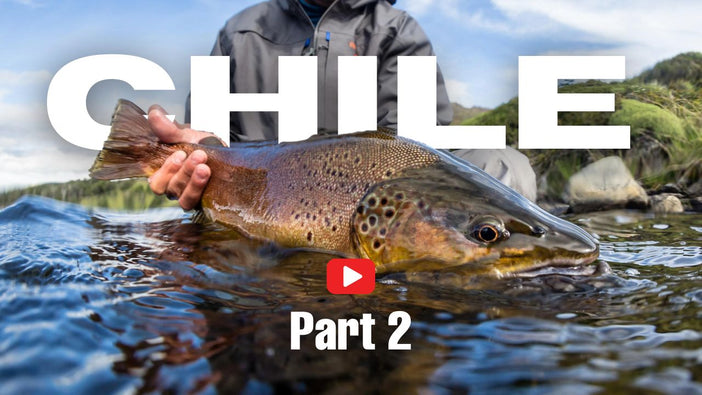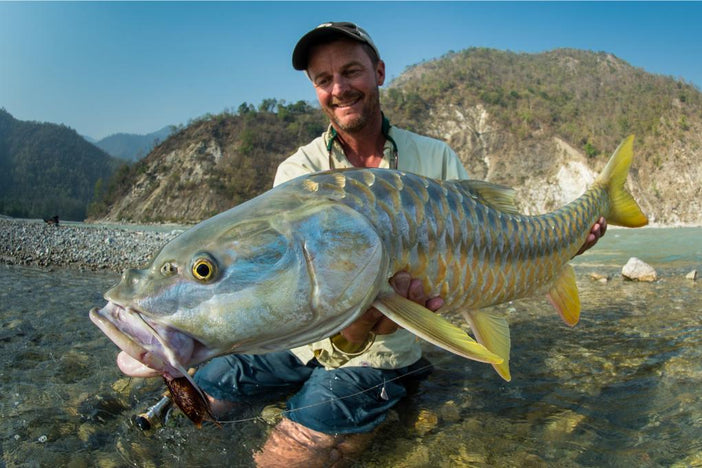The summer months in Montana, Idaho, and Wyoming are often regarded as the pinnacle of freshwater fly fishing: long days, ample bugs, and glorious weather. It is also some of the busiest months for our rivers, as local and out-of-state anglers look to take advantage of the legendary fishing conditions we all look forward to.
But springtime fishing can also be some of the year's most productive and rewarding times. We are shaking off the winter blues as we gear up for warmer weather, and the fish are also starting to look up. Next time you are thinking about booking a destination trip out west, consider spring for a number of reasons:
1. Low Pressure
While boat after boat makes its way down the rivers in the summer months, the early fishing months bring solitude. As fly fishermen, we often search for an intimate experience with the landscapes and waterways that make the activity so special; in this case, there are few opportunities better suited to the task. Snowcapped peaks and the first signs of nature awakening from a long slumber showcase the area's remarkable beauty, making for some stunning fishing backdrops.
The fish at this time are seeing far less angling pressure just as feeding becomes more active. Warmer fronts as early as March can make spring fishing a real possibility, with April providing more reliable conditions. Most traveling anglers are still filling up their boxes at this time, anxiously waiting for hopper season, while most US West rivers are already fishing well. Winter weather still rears its ugly head on occasion, with snow still falling through April.
The tailwaters of the Bighorn and Missouri River are ideal this time of year, with Yellow Dog lodge partners ready to take on clients. The tailwater fisheries generally offer more consistent conditions at this time of year. Both the Bighorn and Missouri are two of Montana's most renowned fisheries, with strong populations of bug life and large fish counts. Experiencing either of these two rivers is a must for any angler, but to do so in solitude is a rarity!

2. Productivity
Year after year we see the best fish of the season in the early months. Well-rested fish looking to bulk up are more mobile as water temperatures rise. Nymphing, streamers, and dry flies can all be utilized depending on location and conditions to yield fantastic results, and Yellow Dog recommends a few must-have flies for springtime fishing.
For the entirety of winter, midges make up the bulk of a trout's diet. As temperature rise so does bug activity, and nymphing with smaller flies can be incredibly productive. Streamer fishing along banks, deeper runs, and pools can produce some massive fish, while the first Baetis hatches start in late March and April. Anglers can utilize everything in their toolbox all year, but spring is ideal for using a range of tactics. No rush to get on the water in the early months--peak hours will yield the best results.
Once runoff hits, utilizing heavy nymphing rigs or streamers can produce some monster fish. Tailwaters and local creeks are an angler's best bet during this time, and Yellow Dog is well-positioned to guide anglers to the right lodging destination. As runoff settles, anglers in May and early June are in for some of the finest fishing of the year--when reliable hatches, warmer and longer days, and fish quantity really make for memorable fishing.
3. Fresh Guides
Anglers forget about the grind of a guide season when they meet at the ramp on the morning of their first float. While you're rested, your guide may already be in triple-digit days for the year. As fly fishing gains in popularity, so does the demand for guide services. During the peak months of any lodge operation, it isn't uncommon for guides to be on the water every day.
Just like anglers are looking to get on the water after the winter months, guides are too. Full fly boxes and an eagerness to return to work means anglers can get the best out of their fishing time. Booking a trip in August for the terrestrial season is something we all look forward to, but also means you're catching your guide after three months straight of grueling work. With that said, Yellow Dog works with the best lodge operations (with the best guides) in all of the US West, so anytime you can take a trip is the right time!

4. Hatches
One of the most overlooked times of the year for dry fly fishing, spring can produce some fantastic hatches.
The midge hatches in early spring are the first signs of mature insects coming off, with warmer middays producing swarms. Midge hatches aren't always the most prized, but they are one of the most reliable for bringing trout back to the surface.
The first Baetis appear in late March or April, and small BWOs (blue-winged olive) is one of fly fishing's storied hatches. Overcast skies and rainy/snowy conditions can be the perfect recipe for a prolific Baetis hatch, so don't sweat the overcast skies.
Skwala stonefly hatches begin as soon as water temperatures start to rise and are the first taste of "big bugs." While smaller than many of their stonefly counterparts, the skwala hatches are prominent on the Bitterroot and Clark Fork. Timing these hatches can be difficult, but March is a safe bet and lasts until runoff begins.
March browns are adored all over the United States as a symbol of some of the first large mayflies to mature. Generally following in the footsteps of the skwala hatch, March browns are found in good numbers around Missoula and Bozeman during the spring months.
The Mother's Day caddis hatch is hands down one of our favorite hatches all year long. Reliable and massive, it generally occurs in the first two weeks of May. The Missouri, Yellowstone, and Big Hole all provide some massive Mother's Day caddis hatches, bringing about some of the blanket hatches we all pine for.

This time of year is special for us at Yellow Dog as it symbolizes the best months are ahead of us. After long winters, there are few things better than the first day on the water and the promise of a renewed landscape. Spring trips are a great opportunity to take advantage of some great fishing, weather permitting. It isn't uncommon for snow to impact the region until May, but warm, sunny days aren't uncommon, either. Give us a call to discuss your options and learn more about how we can get you on the water this spring!
Related Articles:
- 8 Luxury Montana Fly Fishing Lodges
- How to Plan Your Next Montana Fly Fishing Adventure
- Beyond the Salmon Fly: 6 Other Montana Fly Fishing Hatches
- Top Family Freshwater Fly Fishing Lodges in the United States
- 7 Best Places for Large, Wild Trout in the United States
- Top 11 Montana Fly Fishing Float Trips







